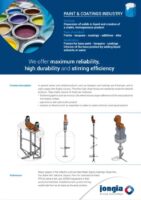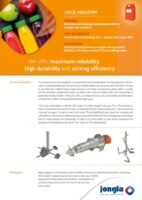Sawblade Mixing Element
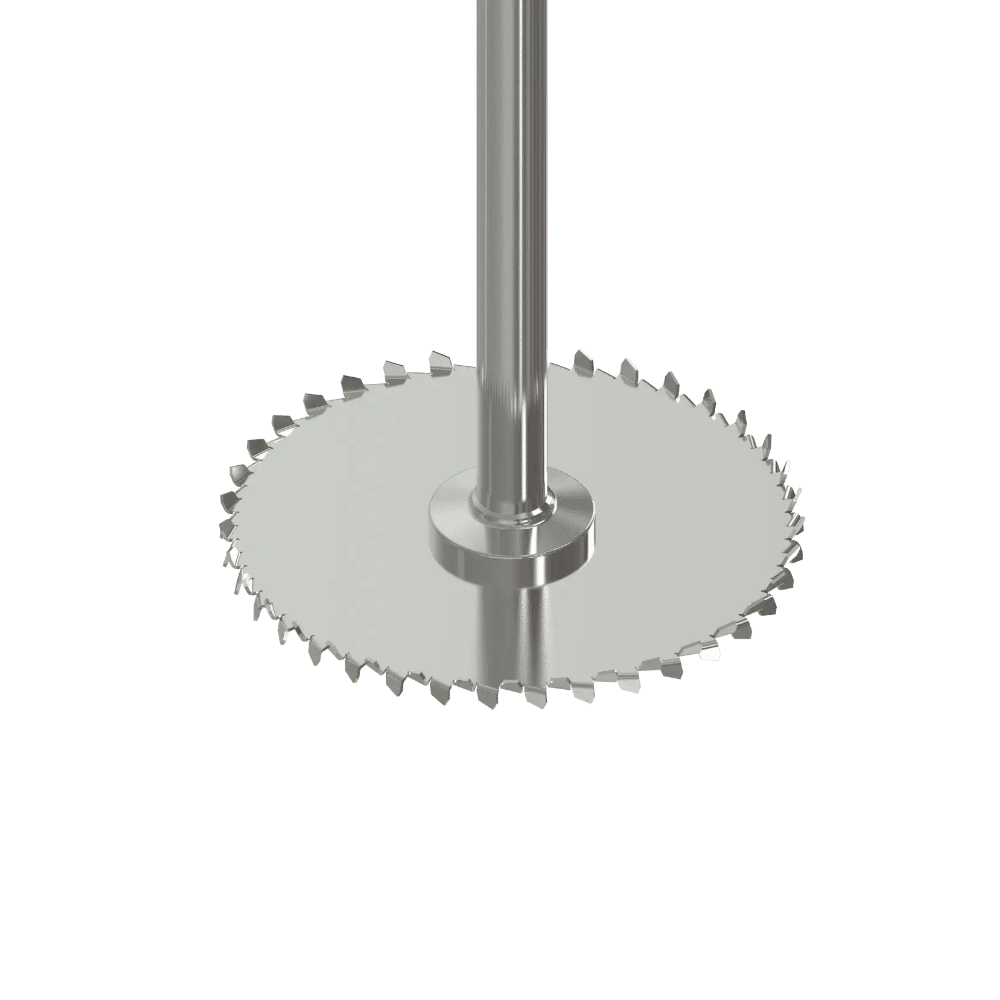
Frequently Asked Questions
What is the Sawblade Mixing Element used for?
The Sawblade Mixing Element is designed for efficient mixing in various applications. Its unique shape allows it to create a strong flow pattern, ensuring thorough mixing of materials, which is essential in industrial and manufacturing processes.
How does the design of the Sawblade mix materials?
The design of the Sawblade Mixing Element features multiple blades that interact with the materials, producing shear and turbulence. This interaction leads to optimal dispersion and blending, making it particularly effective in achieving uniform mixtures in tanks and reactors.
What materials can be mixed using the Sawblade Element?
The Sawblade Mixing Element can effectively mix a wide range of materials, including liquids, slurries, and viscous substances. Its design adapts to varying consistencies, making it versatile for different industrial mixing needs.
How do I maintain the Sawblade Mixing Element?
Proper maintenance of the Sawblade Mixing Element involves regular inspections for wear and tear, cleaning to prevent buildup of materials, and ensuring that it is correctly installed. Following the manufacturer’s guidelines can extend its lifespan and maintain performance.
Is the Sawblade Mixing Element customizable?
Yes, the Sawblade Mixing Element can be customized to fit specific mixing requirements. Adjustments can be made in size, blade design, and materials used, allowing for tailored solutions that meet the unique needs of various applications.
Related Articles

The Double Acting Axial Flow Turbine type AST-MTE mixing element
Operation of an AST-MTE Element Operation of an AST-MTE Element This element can be used in both CW (clockwise) and CCW (counterclockwise) directions. In one case, the inner AST element is downward-pumping with the outer tips pumping upward, and in
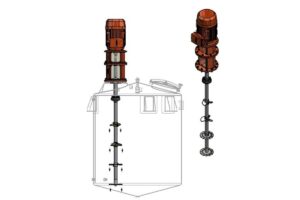
High-Speed Disperser Technology: The Engineering Behind Effective Mixing
A Technical Guide by Jongia Mixing Technology Core Function High-speed dispersers excel at three critical tasks: Fracturing powder agglomerates into fine particles Creating uniform powder distribution throughout liquid mediums Facilitating complete dissolution of soluble materials Operating Principles High-speed dispersers transform
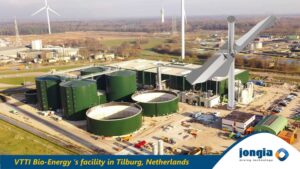
VVTI Biogas Tilburg
VTTI Biogas Tilburg is developing a new bio-energy facility, focusing on processing organic waste. The plant is expected to produce approximately 23 million cubic metres of biogas annually. A portion of this will be converted into green gas for the


